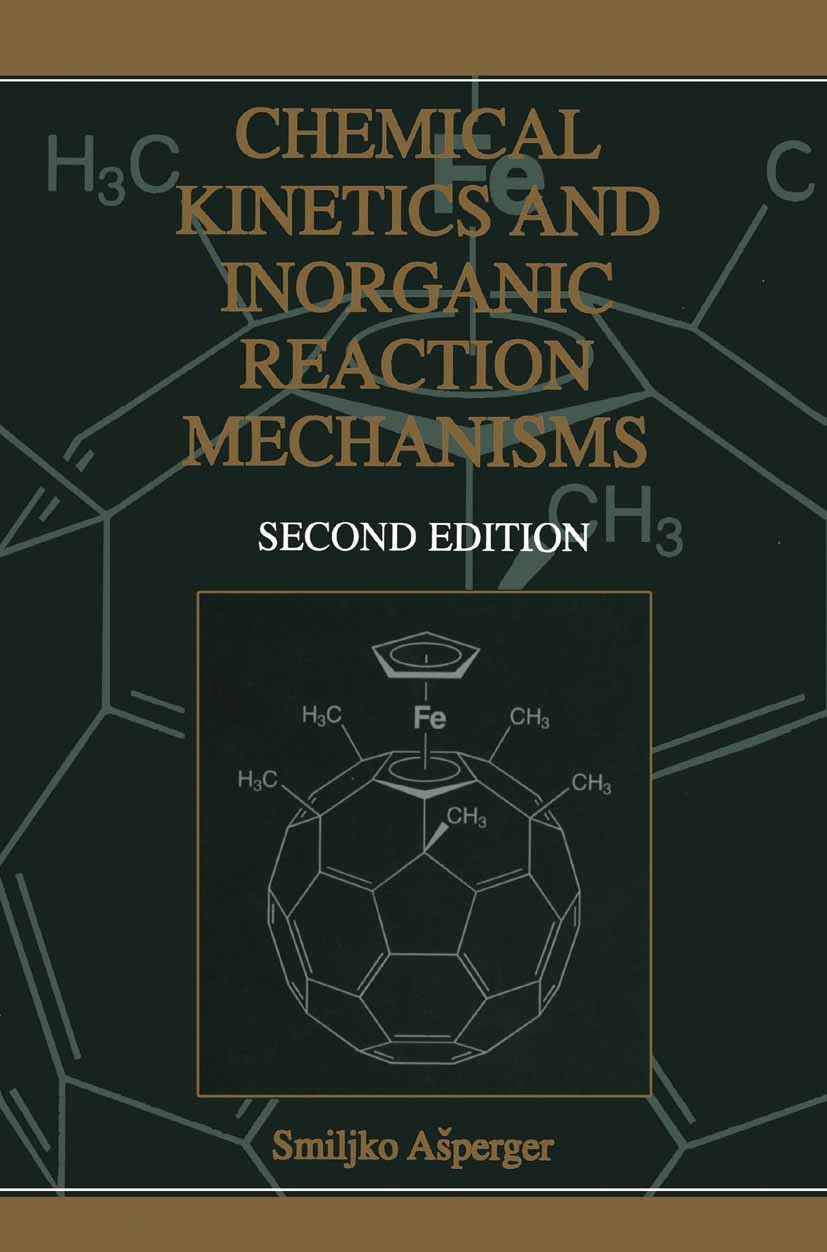| 书目名称 | Chemical Kinetics and Inorganic Reaction Mechanisms | | 编辑 | Smiljko Ašperger | | 视频video | http://file.papertrans.cn/225/224351/224351.mp4 | | 图书封面 |  | | 描述 | The serious study of the reaction mechanisms of transition metal com plexes began some five decades ago. Work was initiated in the United States and Great Britain; the pioneers ofthat era were, inalphabetical order, F. Basolo, R. E. Connick, 1. O. Edwards, C. S. Garner, G. P.Haight, W. C. E. Higgision, E.1. King, R. G. Pearson, H. Taube, M.1. Tobe, and R. G. Wilkins.A larger community of research scientists then entered the field, many of them stu dents ofthose just mentioned. Interest spread elsewhere as well, principally to Asia, Canada, and Europe. Before long, the results ofindividual studies were being consolidated into models, many of which traced their origins to the better-established field of mechanistic organic chemistry. For a time this sufficed, but major revisions and new assignments of mechanism became necessary for both ligand sub stitution and oxidation-reduction reactions. Mechanistic inorganic chemistry thus took on a shape of its own. This process has brought us to the present time. Interests have expanded both to include new and more complex species (e.g., metalloproteins) and a wealth of new experimental techniques that have developed mechanisms in ever-fine | | 出版日期 | Book 2003Latest edition | | 关键词 | Arrhenius equation; Chemical kinetics; Chemical reaction; Inorganic Chemistry; Kinetic resolution; Nucleo | | 版次 | 2 | | doi | https://doi.org/10.1007/978-1-4419-9276-5 | | isbn_softcover | 978-1-4613-4871-9 | | isbn_ebook | 978-1-4419-9276-5 | | copyright | Springer Science+Business Media New York 2003 |
The information of publication is updating

|
|
 |Archiver|手机版|小黑屋|
派博传思国际
( 京公网安备110108008328)
GMT+8, 2025-11-15 14:09
|Archiver|手机版|小黑屋|
派博传思国际
( 京公网安备110108008328)
GMT+8, 2025-11-15 14:09


